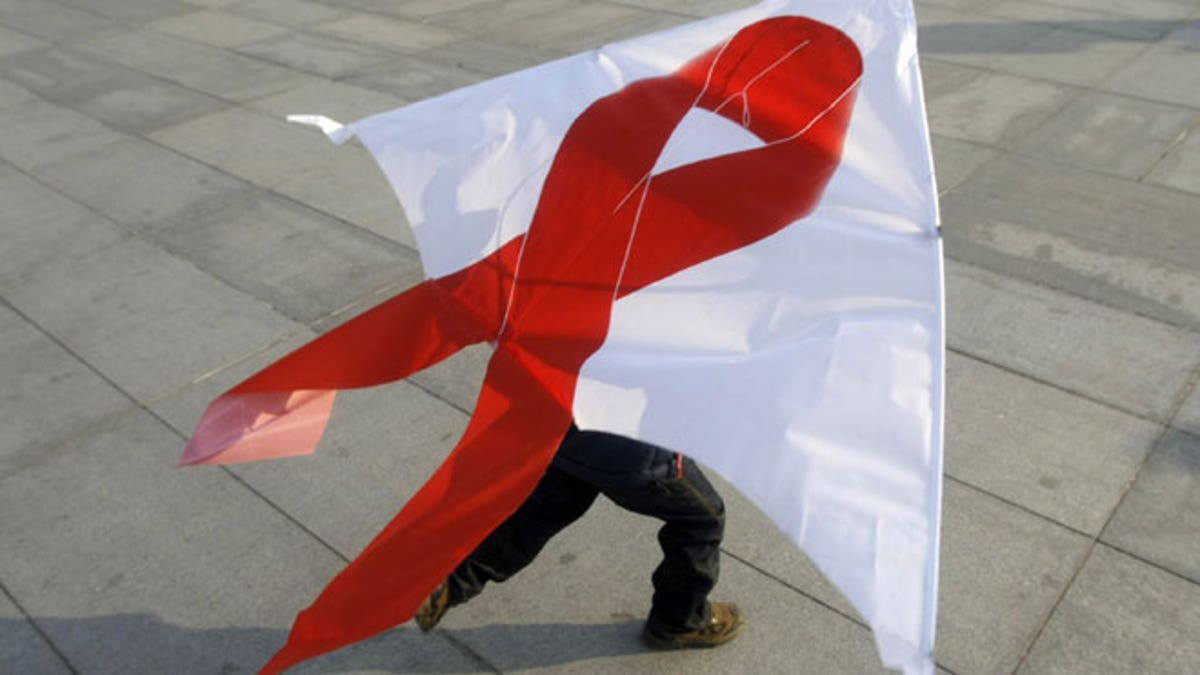
Preventing the human immunodeficiency virus (HIV) in one person living in the U.S. saves more than $250,000 over their remaining lifetime, according to a new analysis.
Based on estimates of lifespan and medical costs from age 35 onward, researchers found that avoiding infection with the virus that causes AIDS saves from $229,800 to $338,400, depending on the amount of care a person receives.
Bruce Schackman, who led the study, said the savings may be even greater once non-medical costs are taken into account, including a person’s reduced productivity due to the infection.
“There are a lot of cost savings by avoiding HIV infections that weren’t included,” said Schackman, who is a professor of psychiatry and public health at Weill Cornell Medical College in New York City.
The savings estimates will help researchers and policymakers judge the cost-effectiveness of HIV prevention methods, he said. The results, published in the journal Medical Care and presented Tuesday at the Conference on Retroviruses and Opportunistic Infections in Seattle, are updates to 2006 estimates.
For the analysis, the researchers used data on healthcare and prescription drug costs to determine how much the average person with HIV will spend on medical care if infected with the virus when 35 years old. The 2006 estimate was $361,400 after adjusting for inflation.
To gauge medical costs, the study team also estimated the remaining lifespan of a 35-year-old infected with HIV and one who isn't infected. In 2012, the estimated life expectancy of a person infected with HIV at age 35 was 29.5 years, they report. For an uninfected person the same age, life expectancy was an additional 38 years.
One model showed an infected person spending $435,200 on medical care over their remaining life if they immediately and consistently received treatment with a combination of drugs known as antiretroviral therapy, or ART.
Because many people are not immediately started on ART and oftentimes receive inconsistent care, the researchers ran a second model to simulate more typical healthcare costs. In that scenario, the average HIV-infected person would spend about $326,500 on care over their remaining years.
Those costs were then compared to $96,700, which is the average healthcare cost over the remaining lifetime of a 35-year-old not infected with HIV.
Schackman said it will be important to compare the estimated savings and the costs of HIV prevention methods, which include condoms and pre-exposure prophylaxis, or PrEP, a daily dose of antiviral drugs.
PrEP may reduce the risk of HIV infection by as much as 92 percent, according to the U.S. Centers for Disease Control and Prevention (CDC). The pill currently approved by the Food and Drug Administration for PrEP is Gilead’s Truvada.
There are other costs aside from pills or condoms to take into account, including regular blood tests that check for infection, Schackman said.
He added that analyses are just starting to emerge on the cost effectiveness of PrEP, which costs between $8,000 and $14,000 per year, according to New York State’s Department of Health.
“I think that this certainly looks favorable for high-risk groups,” Schackman said. “So for people who are really at high risk of being infected, the benefits are going to be greater.”
The CDC recommends PrEP for gay or bisexual men who have condomless anal sex, or those who had a sexually transmitted infection in the last six months. The agency also recommends the pill for men and women who have condomless sex with people of unknown HIV status, or those who have sex with people at substantial risk of HIV, as well as for people who inject drugs.
